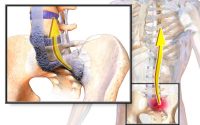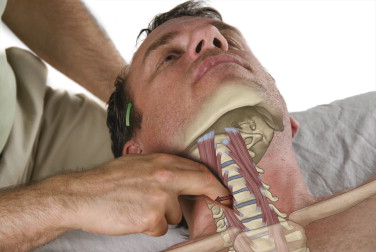The Efficacy of Myofascial Release in Treating Chronic Neck Pain and Depression
Depression is prevalent among adults worldwide, with those suffering from chronic pain being especially prone to severe depressive episodes. Both pain and mental health issues can lead to disturbances in the autonomic nervous system, thereby impacting heart function. Myofascial release therapy has been posited as a beneficial treatment for improving both mental and physical health by targeting fascial dysfunctions.
A research study from University of Witten-, Herdecke, Germany was conducted to assess the effects of myofascial release on emotional well-being and the functioning of the autonomic nervous system in patients dealing with chronic neck pain and depression. The study also examined the impact of this therapy on the properties of fascia, pain intensity and sensitivity, and the mobility of the cervical spine.
The participants were randomly allocated into two parallel groups: intervention and placebo. In the fascial therapy group, a 12-minute session of Myofascial Release (MFR) was performed along the trapezius muscle. The placebo group received a sham laser therapy.
The study included 128 subjects with 77 women and 51 men. Baseline characteristics such as age, BMI, PHQ-9 scores, marital and education status, duration and average pain showed no significant differences between groups. However, significant differences were observed in pain frequency and CEQ scores.
Statistical analysis, considering ‘frequency of pain occurrence’ as a covariate, was used to compare outcome measures between the fascial therapy group and a placebo group. Significant findings include:
- Pain perception (VAS): The fascial therapy group reported significantly lower pain levels post-intervention.
- Pressure Pain Threshold (PPT): Post-intervention PPT values were significantly higher in the fascial therapy group for both left and right sides.
- Heart Rate Variability (HRV): The fascial therapy group exhibited higher HRV, indicating better autonomic function.
- Myoton measurements: No significant differences in muscle tone and elasticity; however, there was a significant reduction in stiffness for the fascial therapy group.
- Range of Motion (ROM): Significant improvements in flexion, extension, and lateral movements in the fascial therapy group.
- Emotional well-being: Significant improvements in positive affect (PANAS) were noted in the fascial therapy group, with no significant differences in negative affect.
The findings indicated notable improvements in the group receiving myofascial release therapy. There were significant decreases in perceived pain and stiffness, and increases in cervical spine mobility, heart rate variability, positive emotional states, and pressure pain threshold. The magnitude of these improvements varied, presenting small to large effect sizes. However, the therapy did not significantly alter muscle tone and elasticity.
The study supports the potential of myofascial release therapy in positively influencing individuals with chronic neck pain and concurrent depression, primarily by reducing pain intensity. The integration of myofascial release into broader treatment protocols could offer substantial benefits to this demographic.


